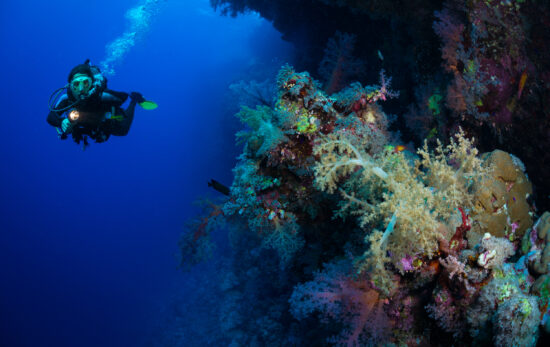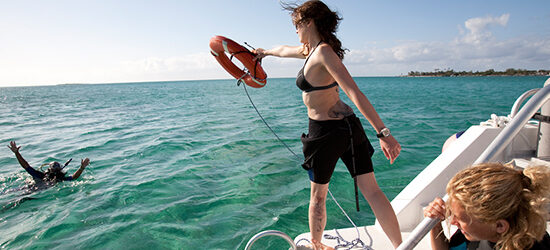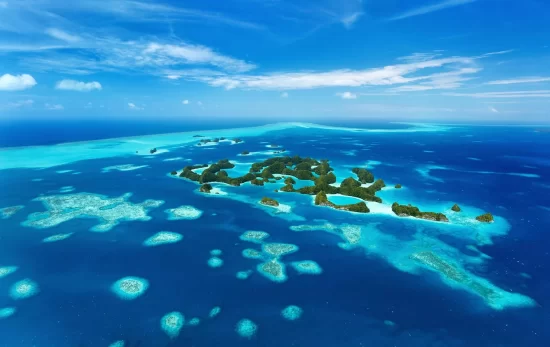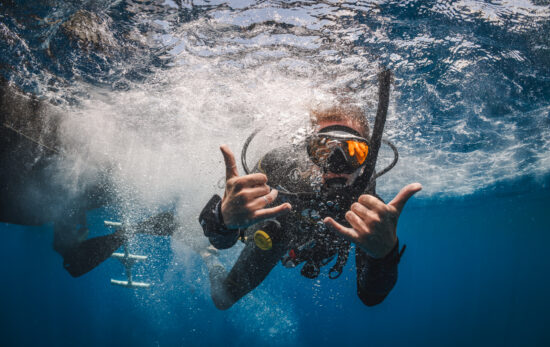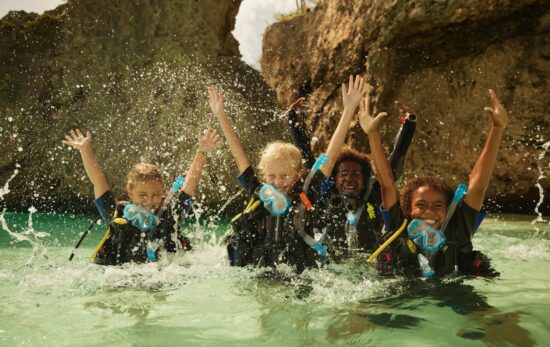Situated in the Indian Ocean, the Maldives atolls and islands are a magnet for holiday makers, honeymooners and, of course, scuba divers.
Nearly 1,200 islands make up this esteemed archipelago, each one framed by picture-perfect beaches and cerulean waters. Underwater, the endless walls, pinnacles, channels, and caves are a haven for marine life, from the tiniest critters to gentle ocean giants. Choose from a range of resorts and liveaboards to suit every budget and experience exhilarating drift dives through to lazy lagoons. It’s no wonder the Maldives is one of the top scuba destinations on the planet!
With so many atolls to choose from, it can be tricky deciding where to visit so in this article, we delve deeper into the best Maldives atolls for scuba divers. From unmissable favorites to lesser-dived treasures, there’s something for everyone. Below, we’ll detail each atoll, moving from the northern part of the country to the south.
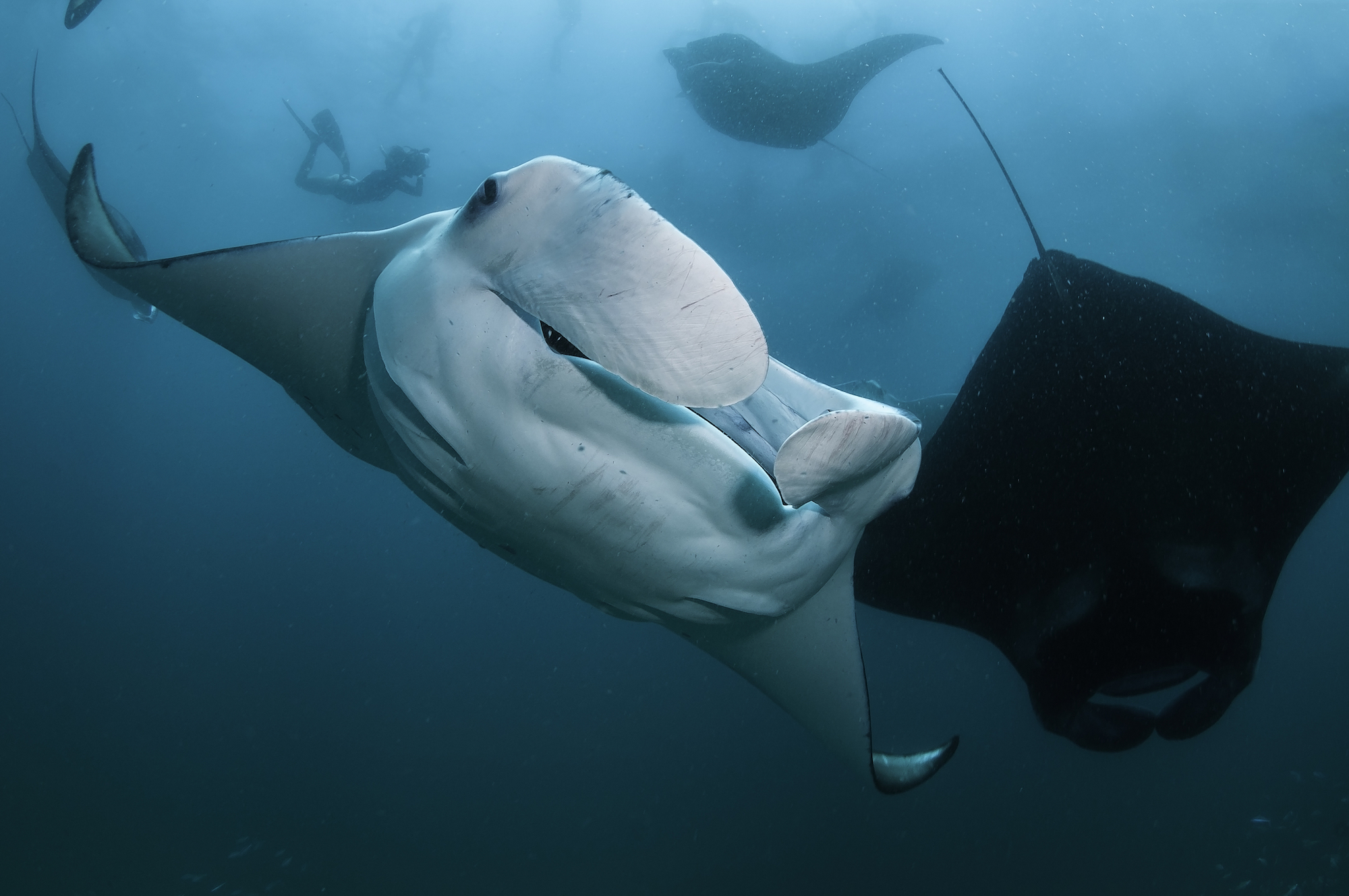
Baa Atoll
This much-loved northern atoll fascinates visitors with an assortment of coral reefs, thilas, caves, and swim-throughs. In fact, Baa Atoll’s extraordinary biodiversity has even earned it UNESCO Biosphere Reserve status. It’s the ideal destinations for everyone, from beginners through to advanced divers.
The charismatic reefs of Dhonfanu Thila, Dhigali Haa, and Dharavandhoo Thila are home to a wealth of unusual marine life, while Anga Faru is said to be a nursery for grey reef sharks. There’s also the infamous Christmas Tree — an instantly recognizable, multi-level pinnacle graced by several whitetip reef sharks circling its base.
Another site not to be missed is Kakanaki Thila – a favorite with many Maldives divers. This stunning thila is an explosion of color, and it is teeming with life. This site also offers the opportunity to see manta rays.
However, the biggest star of Baa Atoll is Hanifaru Bay. The shallow, marine-protected lagoon is off-limits to scuba divers, so it’s snorkeling only. Here, plankton-rich waters attract regular whale shark sightings and one of the world’s largest manta ray aggregations. Up to 100 mantas can be seen feeding inside the bay at once!
Best Time to Dive Baa Atoll: December to March promises drier weather, but for the famous manta ray aggregations, you’ll want to visit during the wet season, between May and November.
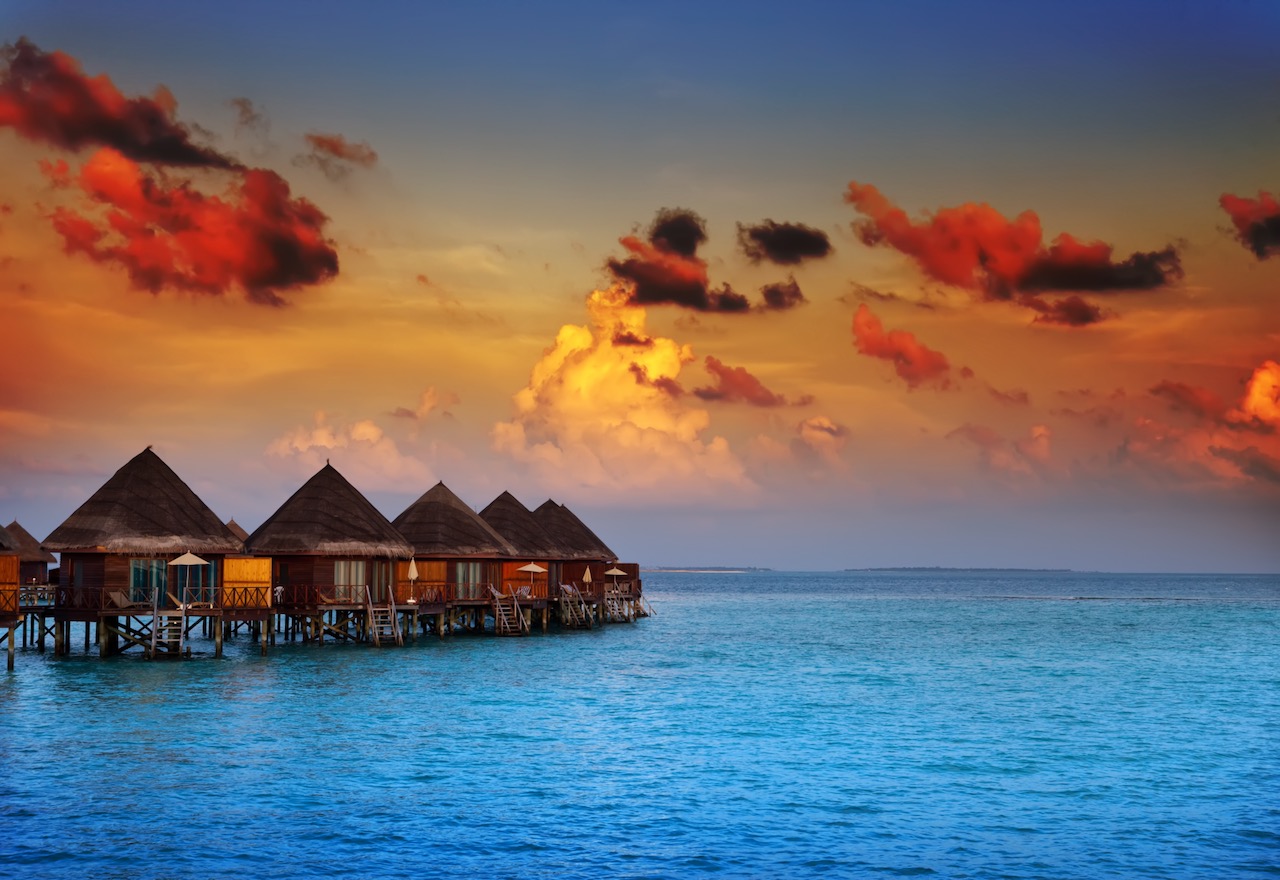
Raa Atoll
For many vacationers, the Maldives conjures up images of tranquil beaches — a remote wonderland unspoiled by the hustle and bustle of tourists. Add scuba diving to the list, and that’s exactly what you’ll get with a trip to Raa Atoll.
While there are some kandus (channels) to drift along, most of the diving in this area focuses on the huge concentration of thilas (pinnacles), on which you can enjoy visibility up to 20m (66ft).
Two of the most impressive dives are Fenfushi Giri and Reethi Thila. Jump into either of these sites, and you’ll feel like you’re swimming inside a massive aquarium! Colorful reef fish will completely surround you, along with occasional appearances from bigger creatures, like mantas or even a whale shark. The ocean floor is just as remarkable, with carpets of soft corals and species of hard corals that are less common around the northern atolls in the Maldives.
Labyrinth offers divers the chance of shark sightings, impressive sea fans and soft corals, plus there are often large schools of fish hovering in the blue.
Best Time to Dive Raa Atoll: Raa Atoll offers diving throughout the year, but the calmest seas come with the northeast monsoon between January and May. From May to November, the southwest monsoon brings rougher sea conditions, but during this season (particularly August to November), you have the best chance of spotting mantas and whale sharks.
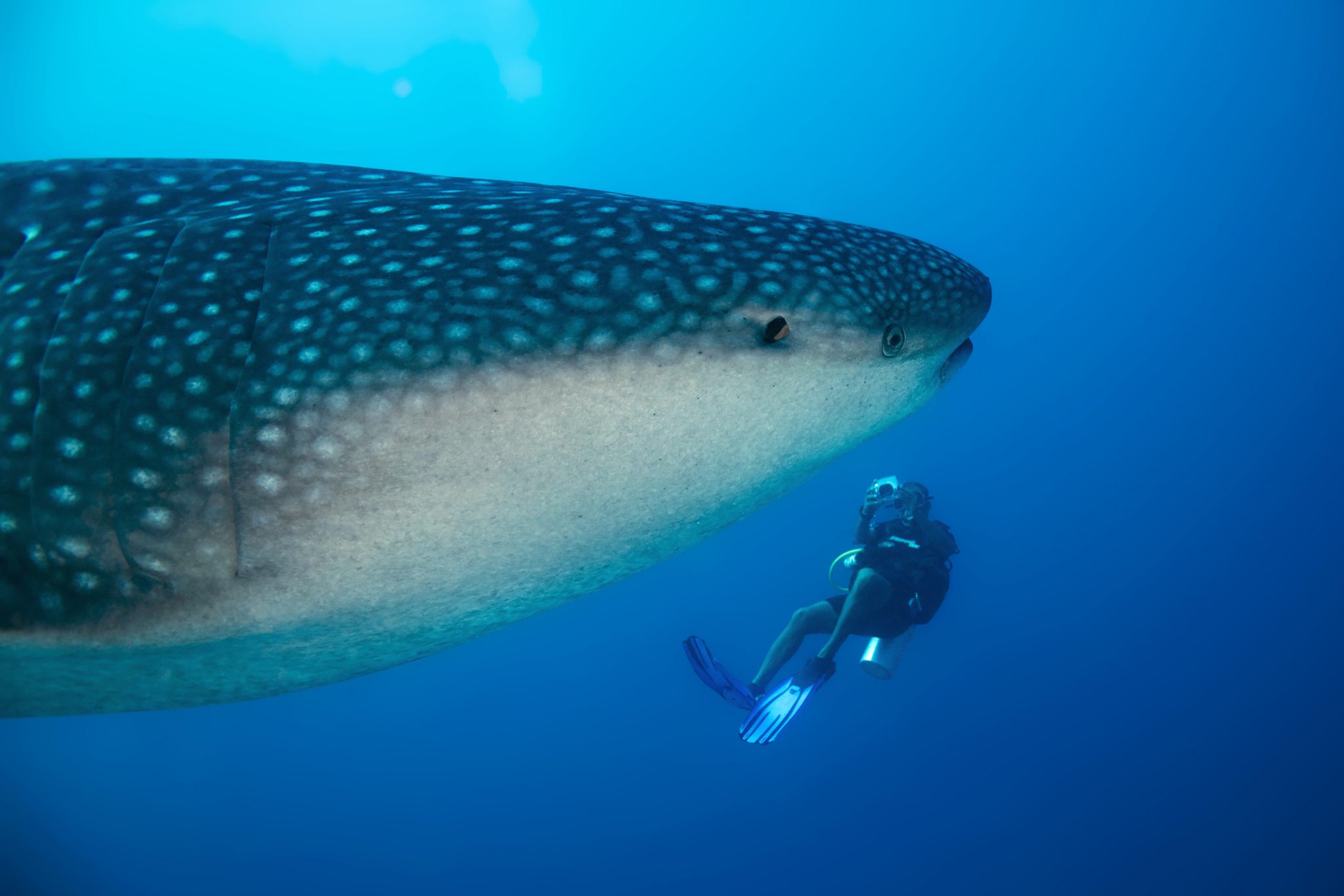
Ari Atoll
Ari Atoll’s many pinnacles and channels are largely unprotected from the ocean’s powerful currents. This makes it (like so many other Maldivian favorites) a prime spot for drift diving and megafauna sightings, including manta rays and whale sharks.
A go-to destination for liveaboards, some of the top dive sites in Ari Atoll include:
- Kudarah Thila
- Maaya Thila
- Broken Rock
- Five Rocks
- Omadhoo South
However, Fish Head (also known as Mushimasmingili Thila or Shark Point) is considered one of the greatest dive sites in the area. The centerpiece of this marine-protected area is a towering pinnacle adorned with black corals. Dropping from 10m to 35m (32ft to 115ft), it’s home to several resident reef sharks and masses of blueline snappers. For an extra buzz, wreck fanatics will also want to add the Fesdu and Halaveli wrecks to their logbooks.
Best Time to Dive Ari Atoll: The preferred time to visit Ari Atoll is February to April. Divers will enjoy long, sunny days and calm, dry conditions. It’s also the best time of year for diving with manta rays and whale sharks in this area.
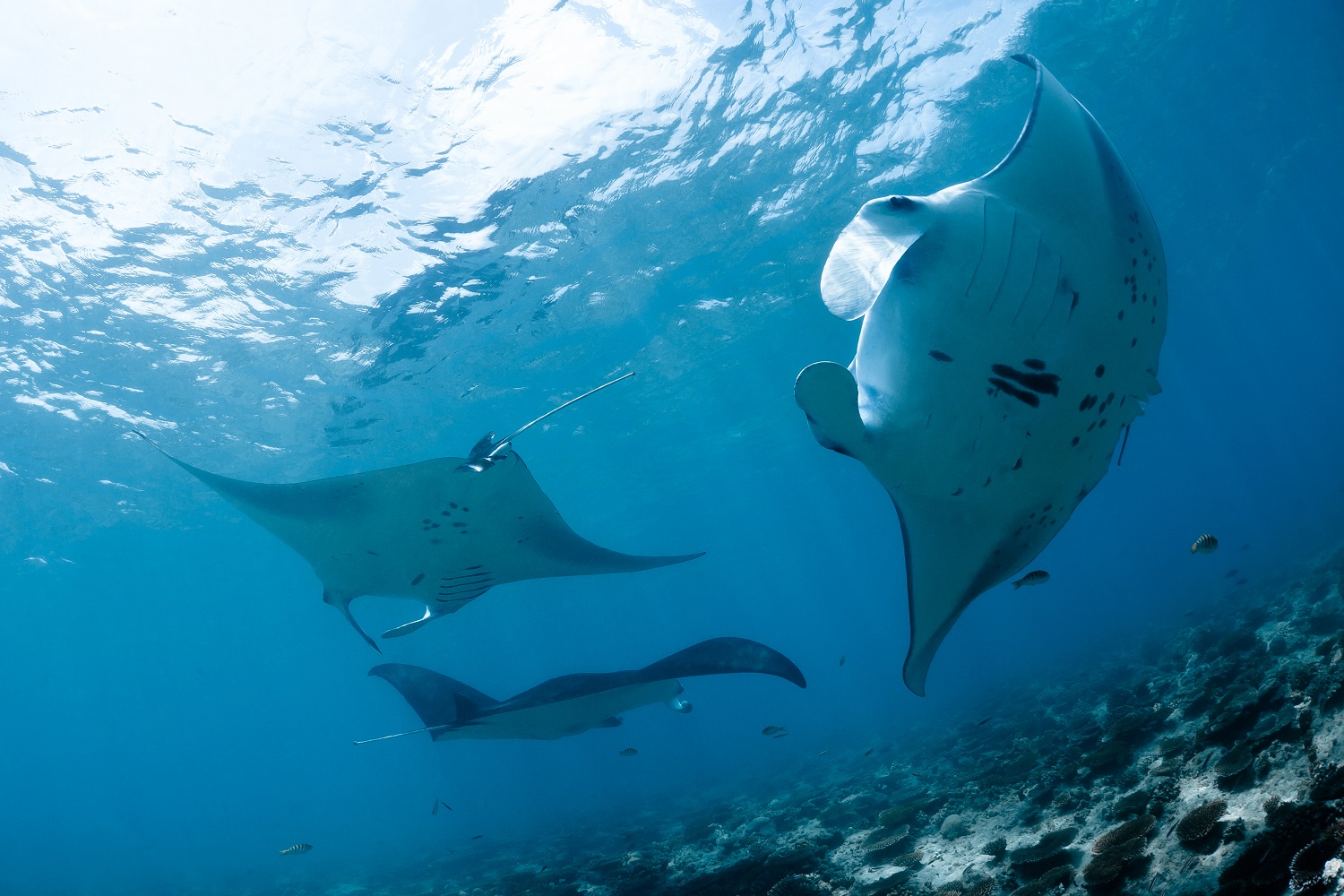
North Malé Atoll
With more than 50 dive sites, outstanding biodiversity, and easy access from Malé airport, North Malé Atoll is unsurprisingly one of the most popular Maldivian atolls for divers and tourists alike.
There’s something for every diver here. Nasimo Thila, Banana Reef, and Okebe Thila offer shallower forays for beginners, while Kuda Haa is a photographer’s dream with its ‘fish soup’ of fusiliers, frogfish, moray eels, and nudibranchs. Lion’s Head’s dramatic wall or the MV Maldives Victory shipwreck promise deeper delights for more experienced explorers.
As well as passing visits from turtles, hammerhead sharks, and whale sharks, manta rays congregate in huge numbers on vibrant, healthy reefs, like Manta Point where there is a large manta ray cleaning station. The manta rays here can be seen cleaning, feeding, caterwauling, and forming huge mating trains that resemble a well-orchestrated underwater ballet!
Look out for the chance to witness these magnificent creatures in a rare, cyclone feeding frenzy.
Best Time to Dive North Malé Atoll: The diving in North Malé Atoll is best between May and October. These months host the southwest monsoon (wet season) and offer memorable sightings of manta rays.
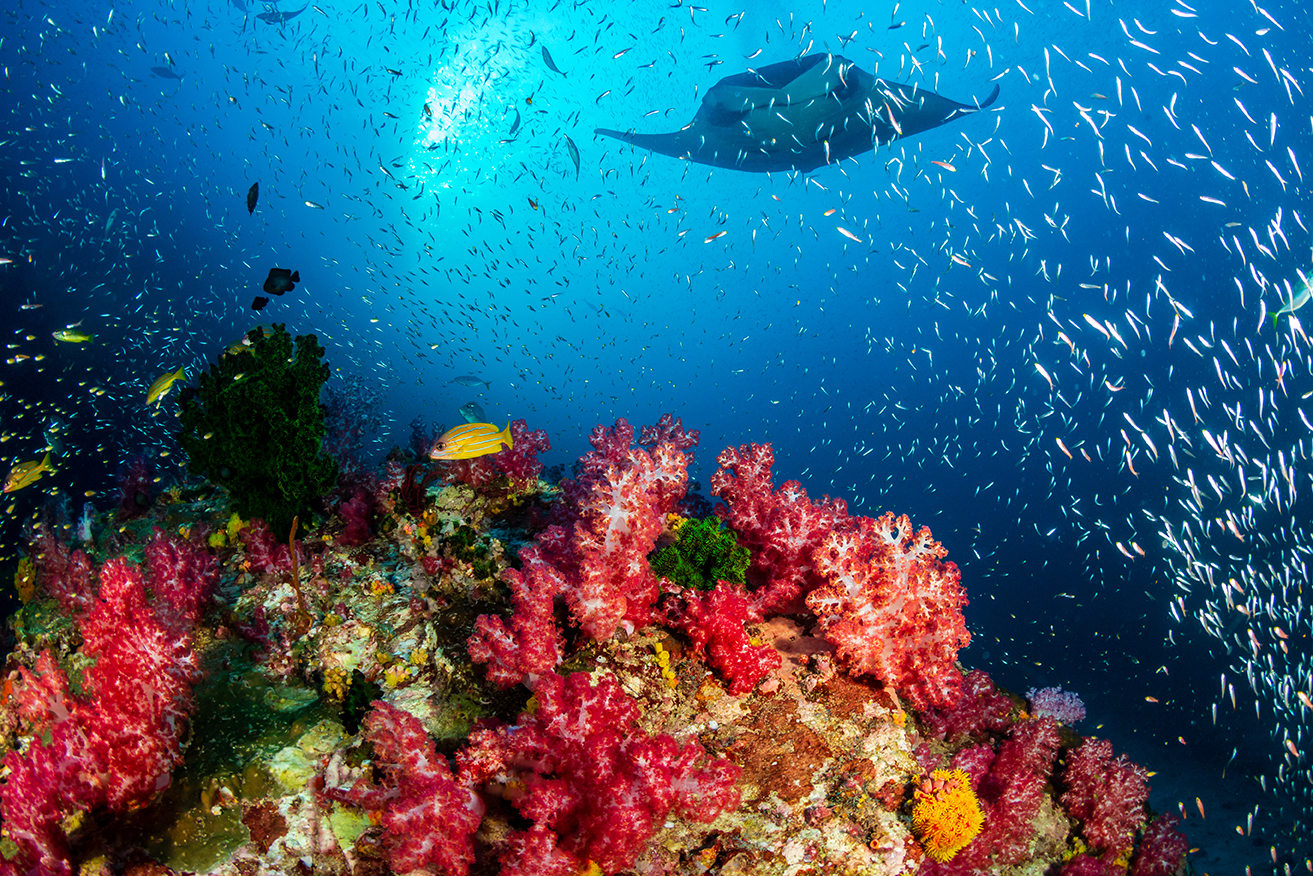
South Malé Atoll
Although the array of dive sites around South Malé Atoll can accommodate all certification levels (the Kuda Giri Wreck is a must for beginners), its main attraction is for advanced divers seeking the thrill of drift diving. Strong currents flow into the atoll through six channels, bringing plenty of nutrient-rich water and the big pelagic action that follows — from eagle rays to tuna.
Recommended dive sites include:
- Guraidhoo Kandu
- Losfushi Corner
- Cocoa Thila
- Kandooma Thila
- Kadooma Caves
Plentiful overhangs and ravines offer shelter from the surrounding currents and a chance for divers to stop and marvel at the schools of trevally, sweetlips, and red snapper. If you’re looking for sharks — specifically reef sharks — then Embudhoo Kandu is the place to go in the Central Atolls in the Maldives.
Best Time to Dive South Malé Atoll: The peak diving season in South Malé Atoll falls between December and May, when the northeast monsoon brings calm, dry conditions. November’s transition between wet and dry seasons brings stronger currents but phenomenal pelagic encounters.
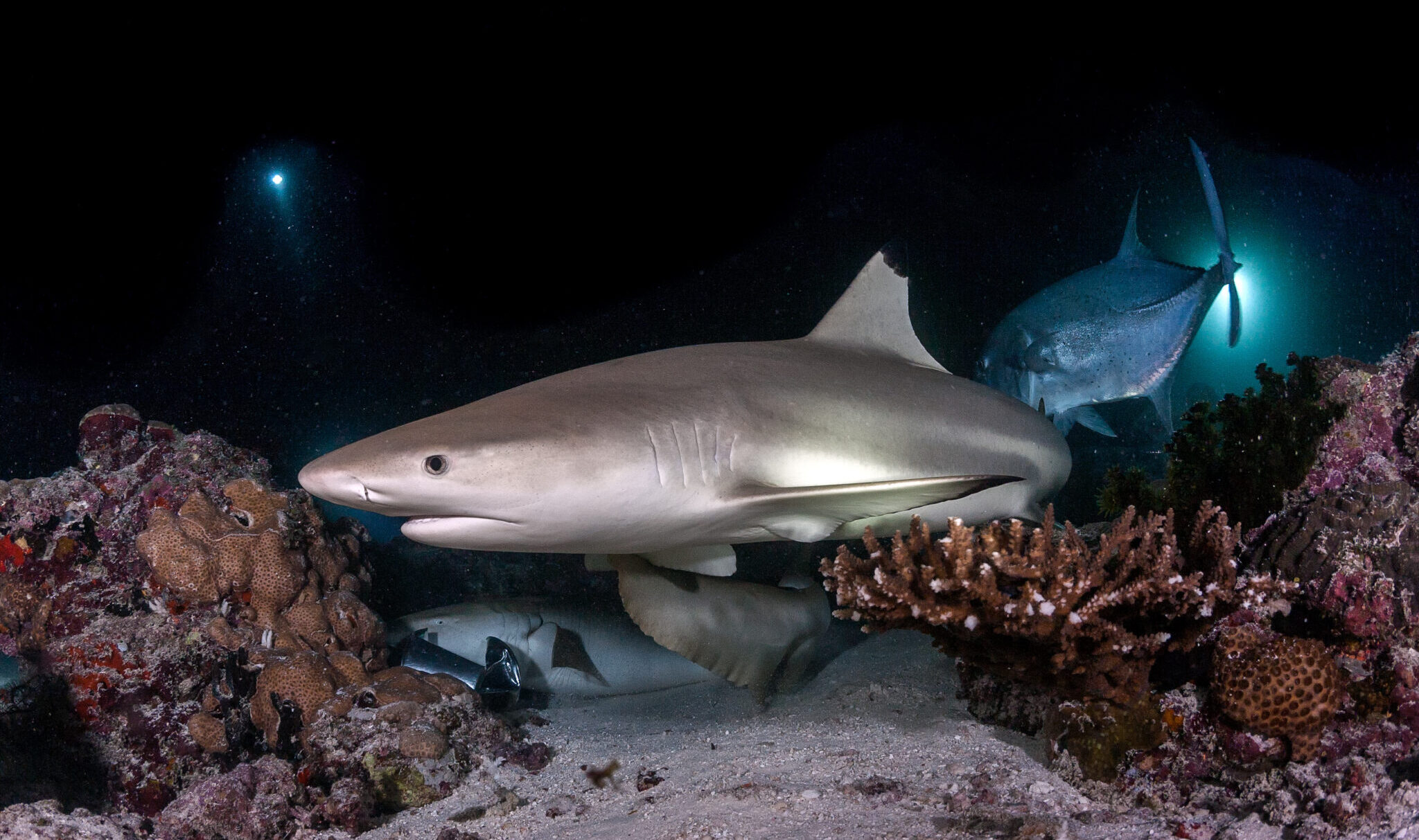
Rasdhoo Atoll
This tiny atoll sits just north of Ari Atoll, but don’t let the small size fool you — it packs a big punch when it comes to bucket-list scuba experiences. While there are never-ending marine life encounters to keep any diver entertained — from manta ray action to all sorts of macro critters — Rasdhoo Atoll is famed for one thing in particular: hammerheads!
At the aptly named Hammerhead Point, scalloped hammerhead sharks gather routinely every single morning, giving divers practically guaranteed sightings of this beautiful-yet-endangered species. Meanwhile, don’t miss some of the area’s other notable dive sites, such as Madivaru Corner, Three Palms, Miyaru Faru, or the staggering drop-offs and thilas at Rasdhoo Reef.
Best Time to Dive Rasdhoo Atoll: Head to Rasdhoo Atoll between November and April. This is manta ray season and one of the most reliable times of year to dive with these mesmerizing creatures.
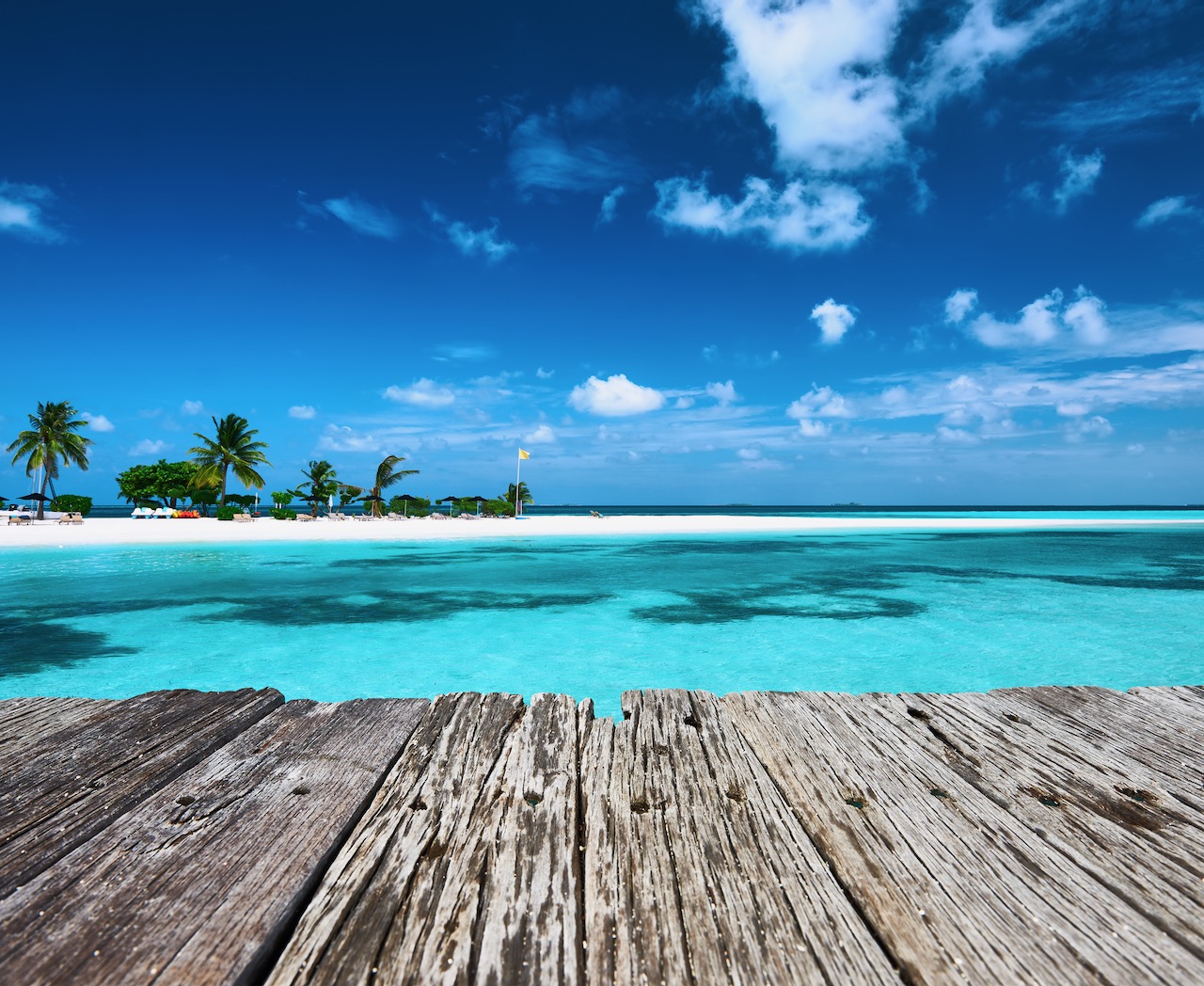
Vaavu Atoll
Vaavu Atoll is known for its challenging-but-spectacular drift dives. Big currents flow through the tiny channels that punctuate this impressive 31-mile-long (50-kilometer-long) reef. The local dive sites, such as Miyaru Kandu (which translates literally to ‘Shark Channel’), certainly deliver a wild ride for divers who are looking for both adventure and encounters with sharks, rays, and large Napoleon wrasses. Fotteyo Kandu is considered one of the best dives in the whole of the Maldives!
Most dives offer respite from the strong currents in the form of caves or overhangs. These natural shelters provide an ideal backdrop for photographers to pause and capture the beauty of dazzling soft corals, bright fish, and the oceanic giants that cruise by. Golden Wall, in particular, is sure to deliver some frame-worthy masterpieces.
For something truly special, make sure you add Alimathaa to your itinerary. Here, after the sun sets on the white sands and azure waters, you’ll be able to swim with hundreds of nurse sharks for an unforgettable night dive experience.
Underwater photographers will love Devana Kandu for its array of marine life, stunning corals and kaleidoscopic colors.
Best Time to Dive Vaavu Atoll: It’s possible to dive here all year. From December to March, the northeast monsoon brings calmer, dry weather. Although the southwest monsoon causes unpredictable and wetter conditions, diving is still enjoyable between May and November.
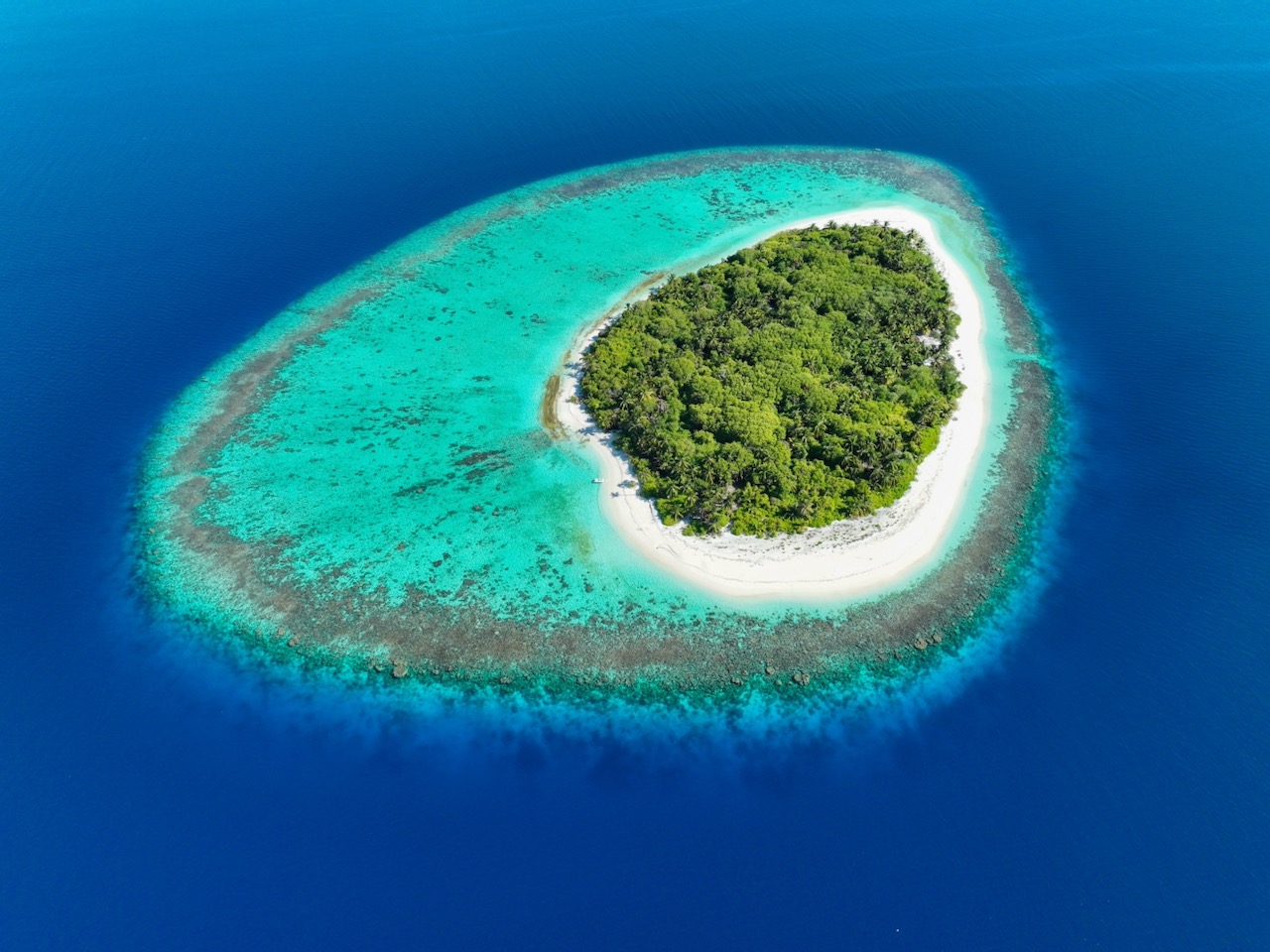
Huvadhu Atoll
Huvadhu Atoll is full of Maldivan superlatives. it’s the second-biggest atoll (nearly 3,000 square km / 1,150 square miles) and has the most islands inside its lagoon (over 230 in fact). So, it’s no surprise that this underwater utopia caters for every scuba interest!
Whether you’re exploring caverns or drifting along coral-encrusted walls, Huvadhu Atoll (aka Gaafu Atoll) will certainly not disappoint. Reefs and thilas, such as Gazeera, Vaadhoo, Outer Reef, and Kuda Hafza Thila, are thriving with life, from leaf fish and ribbon eels to turtles and rays. Meanwhile, current-swept channel dives, such as Vilingilli, Nilandhoo, Mareehaa, Kondeey, and Rahadhoo, promise unmissable shark action — look out for nurse sharks, reef sharks, hammerhead sharks, and even tiger sharks!
Best Time to Dive Huvadhu Atoll: While diving is possible year-round, the stronger currents generated by the northeast monsoon (January to May) will provide the best visibility and thrilling drift dives.
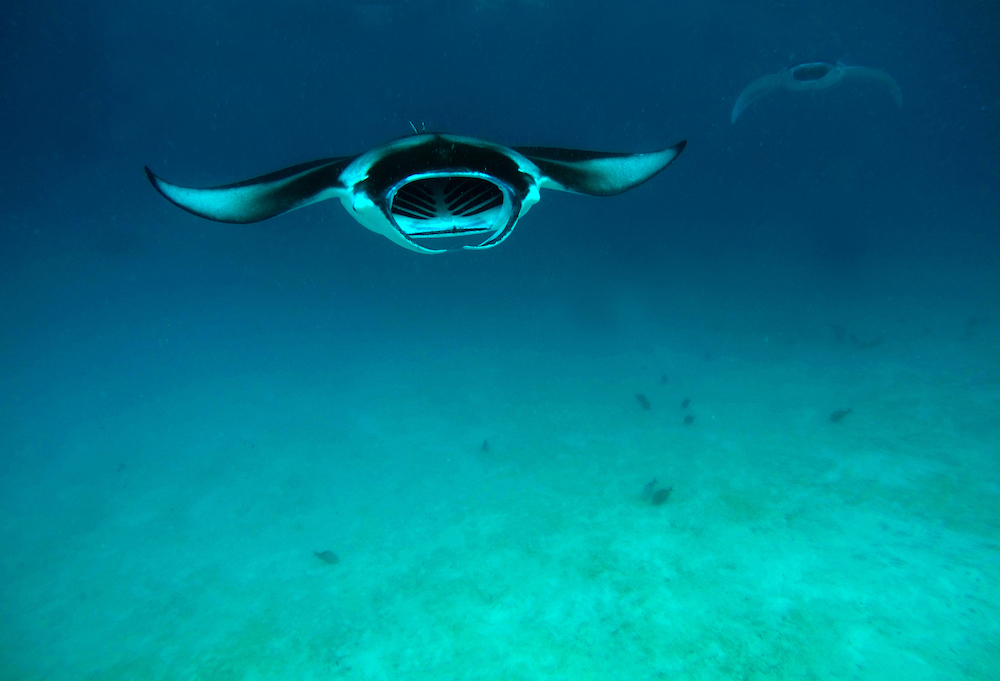
Addu Atoll
Located 335 miles (540km) south of the nation’s capital (Malé), Addu Atoll is the most southerly atoll in the Maldives and one of only two in the southern hemisphere. But the longer journey time is rewarded, with a plethora of reef, wreck, and drift adventures waiting to be discovered.
Favorite dive sites include Meedhoo Coral Garden and Marc’s Dream, where divers will find themselves swimming among hundreds of colorful reef fish, stunning corals, and some bigger creatures, such as turtles and sharks. For wreck divers, the British Royalty Wreck is absolutely worth a visit.
At Addu Atoll, divers will almost always find manta rays at any time of the year. Head to Kottey Corner or Addu Manta Point for the best chances of an encounter alongside exciting drift dive experiences.
Best Time to Dive Addu Atoll: Although Addu Atoll (and manta ray season) is year-round, you’ll enjoy more pleasant weather and water conditions if you travel between January and March.
The Unique Topography of the Maldives Atolls
For scuba divers, the highlights of the Maldives atolls mainly focus on two unique and photogenic topographical features, which often form part of each dive site’s name:
- Kandus: These are channels that connect the atolls’ inner lagoons with the outer open ocean. Water funnels through the narrow opening, creating strong currents and excellent drift dives. The movement of water brings a host of nutrients that attract hundreds of fish and blue-water visitors.
- Thilas: These Maldivian pinnacles rise from the ocean floor to create exceptional wall dives. It’s a canvas for sponges, soft corals, crustaceans, shrimps, and dozens of reef fish species. Many thilas include cleaning stations, often visited by turtles, rays, and whale sharks.
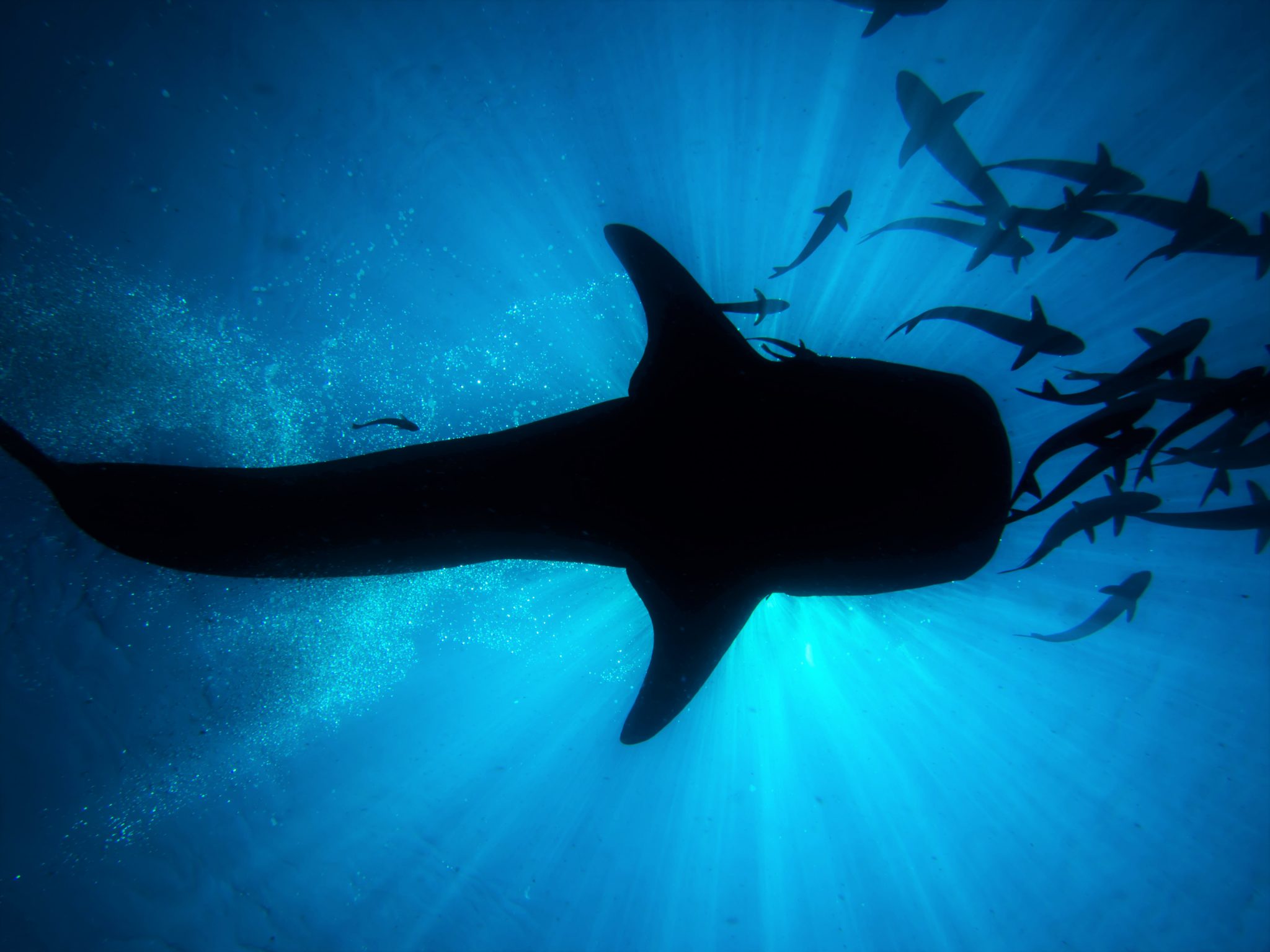
What Marine Life Lives in the Maldives Atolls?
Most divers associate the Maldives with manta rays and whale sharks. Indeed, strong currents and nutrient-rich water make it a bucket-list destination for these colossal creatures, who grace the waters alongside other species, such as eagle rays, stingrays, reef sharks, thresher sharks, hammerhead sharks, nurse sharks, and mighty tiger sharks.
But did you know the Maldives also shelters over 1,000 species of other fish? Parrotfish, napoleon wrasse, and tuna are just some of the species that make these atolls their home, along with nearly 100 types of echinoderms (such as sea stars, brittle stars, and sea cucumbers).
Despite devastating coral bleaching events following El Niño in 1998, the Maldives’ reefs have bounced back and are better than ever. With the introduction of more marine protected areas, these exquisite underwater gardens are once again thriving with hard and soft corals and abundant marine life.
Where to Find Big Marine Life in the Best Atolls of the Maldives
The Maldives offers unrivaled opportunities to dive among pelagics. Here are some of the best atolls in the Maldives for finding different species.
Reef Sharks:
- Gaafu
- Vaavu
- Lhaviyani
- Meemu
- Laamu
- North and South Malé
Whale Sharks:
- Ari
- Gaafu
- Thaa
Hammerhead Sharks:
- Rasdu
- Fotteyo Kandu
- Fufahmulah Island
Manta Rays:
- Ari
- Addu
- North Malé
- Haa Alifu
- Haa Daalu
- Baa
- Hanifaru Bay (snorkeling only)
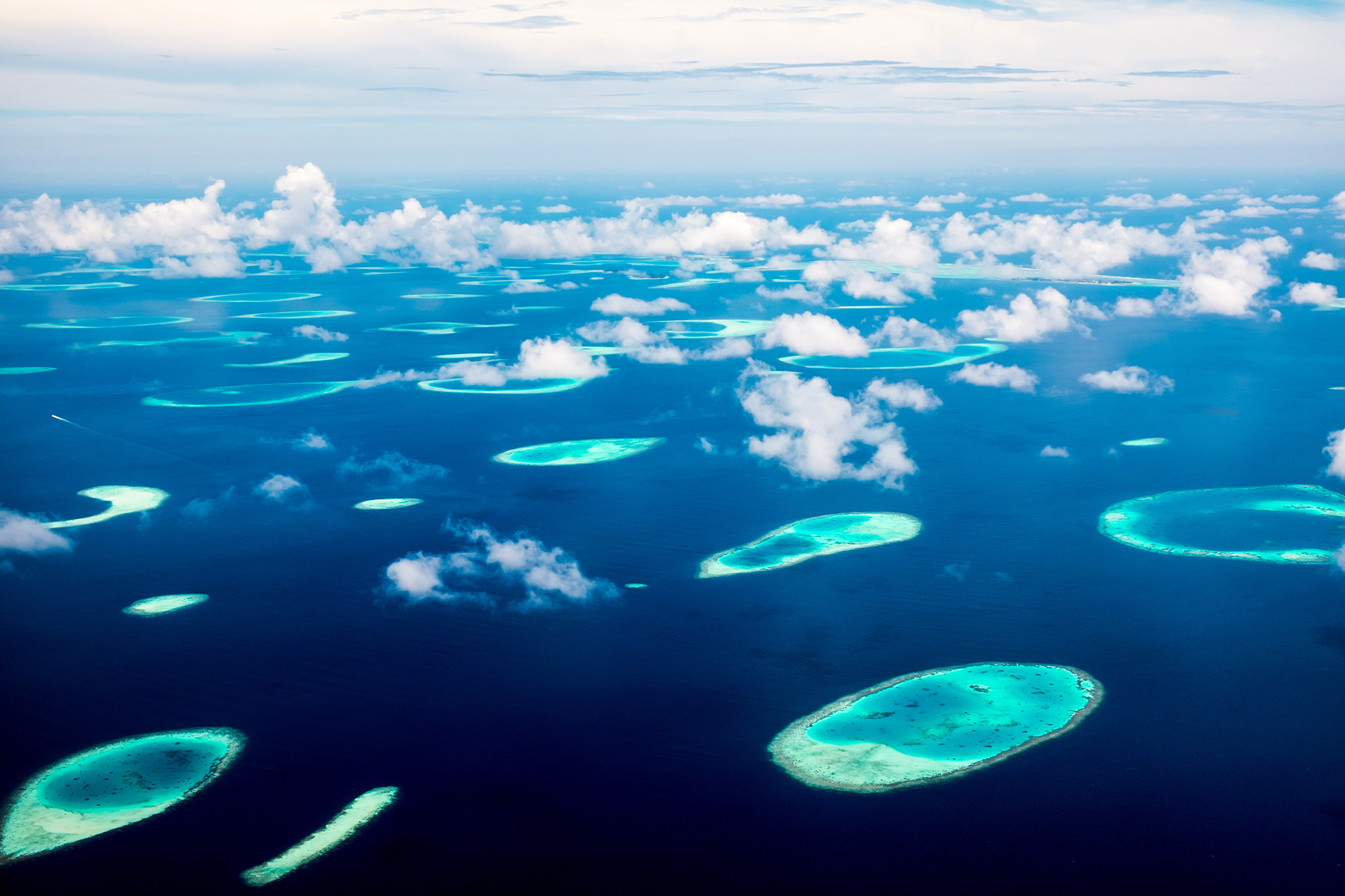
More Info for Your Maldives Dive Trip
The above atolls are all perfect for scuba diving, but there’s some more information you need before you book your trip. Keep reading for everything you want to know about traveling around the Maldives as a scuba diver.
When to Visit the Maldives
As a tropical destination, the Maldives boasts clear water and a pleasant climate from January to December. This means the Maldives atolls can be dived any time of the year, and water temperatures average between 80 and 86°F (26 and 30°C).
However, when you choose to travel will influence the weather and marine life you can expect to encounter.
- December to April: The northeast monsoon (dry season) typically brings calmer seas and better visibility.
- May to November: The southwest monsoon (wet season) has less reliable conditions but more chance of megafauna.
Life Above Maldivian Waters
The variety of accommodation available in the Maldives ranges from secluded, high-end luxury to budget-friendly. Whichever Maldives destination you choose, you’re in for a once-in-a-lifetime treat. Crystal-clear lagoons lap sandy beaches, while blue skies blend into sensational sunsets. It’s pure paradise — and that’s just above the water!
Getting Around & Airport Transfers
The main airport in the Maldives is Velana International Airport (MLE) in Malé. Resorts and liveaboards usually include airport transfers in their pricing. Depending on where you are staying in the Maldives (and the proximity to Malé), transfers may be by boat or by seaplane. Some resorts offer both options with boat transfers being the more budget-friendly choice.
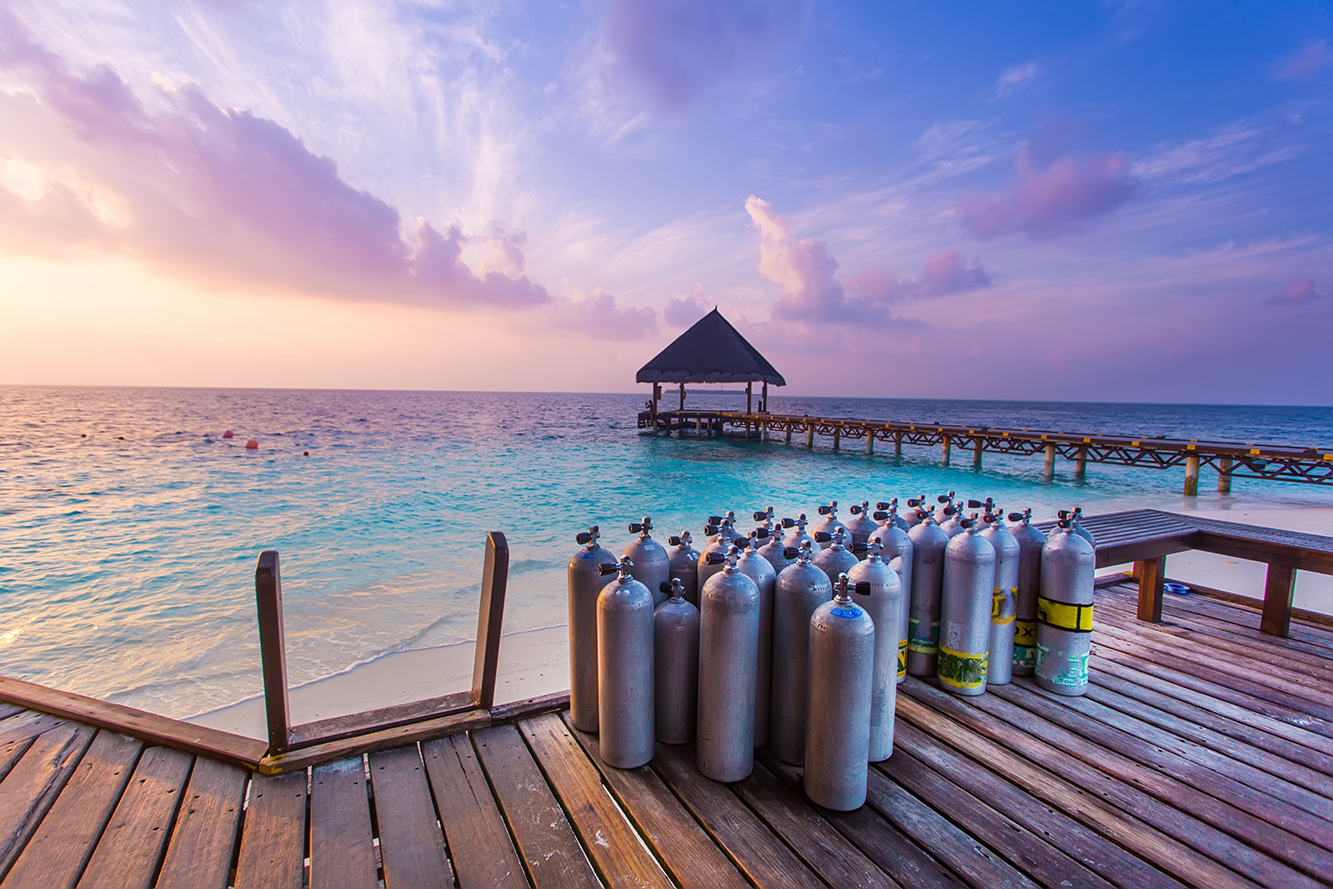
Jump into the Best Maldives Atolls for Scuba Diving with PADI Travel
Are you ready for a scuba vacation to the Maldives atolls? Choose from luxury or eco-simplicity with a resort booking, or explore a wider range of Maldivian dive sites with a liveaboard trip. Whatever floats your boat (and budget), head over to PADI Travel to book your dream vacation today.
